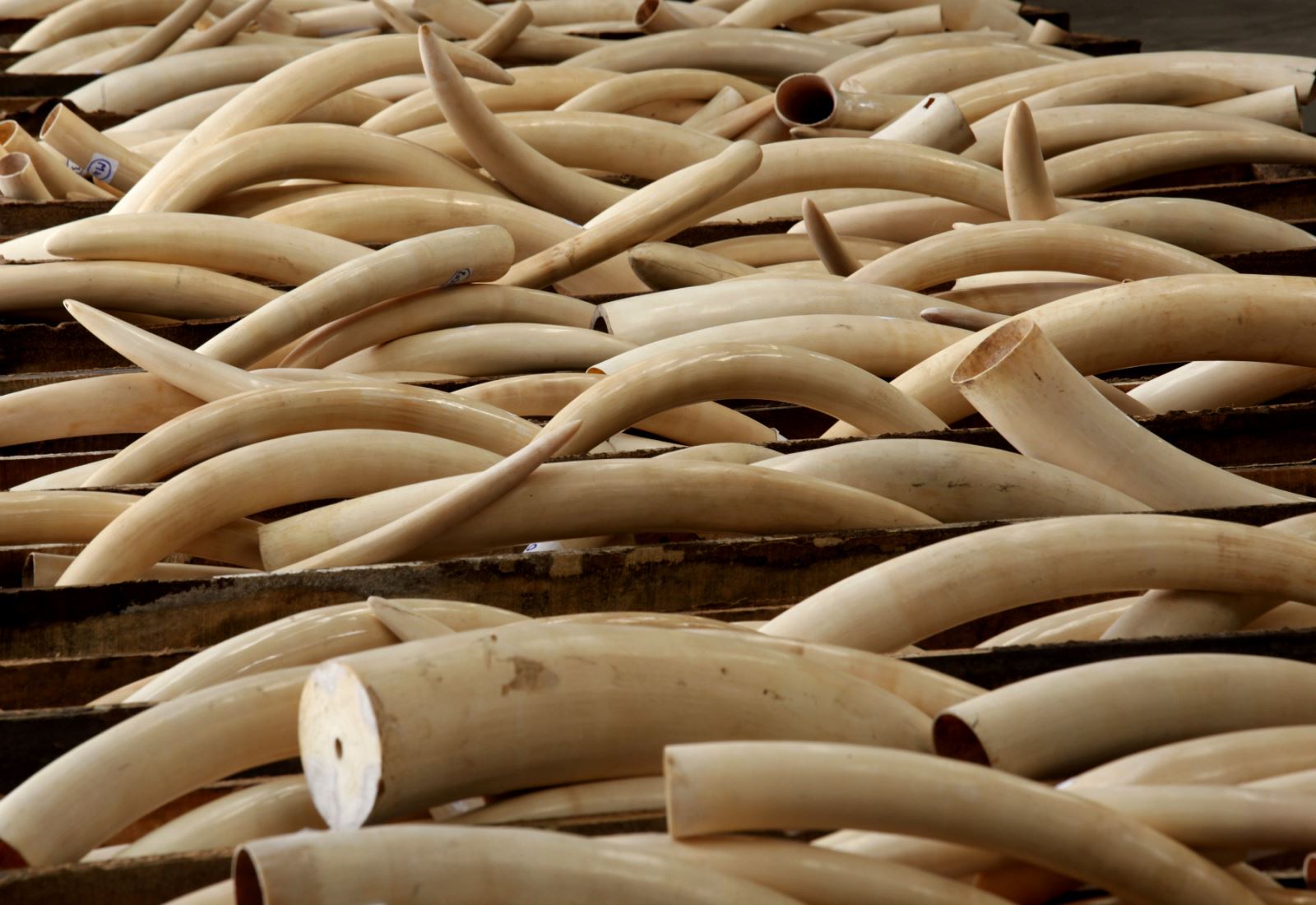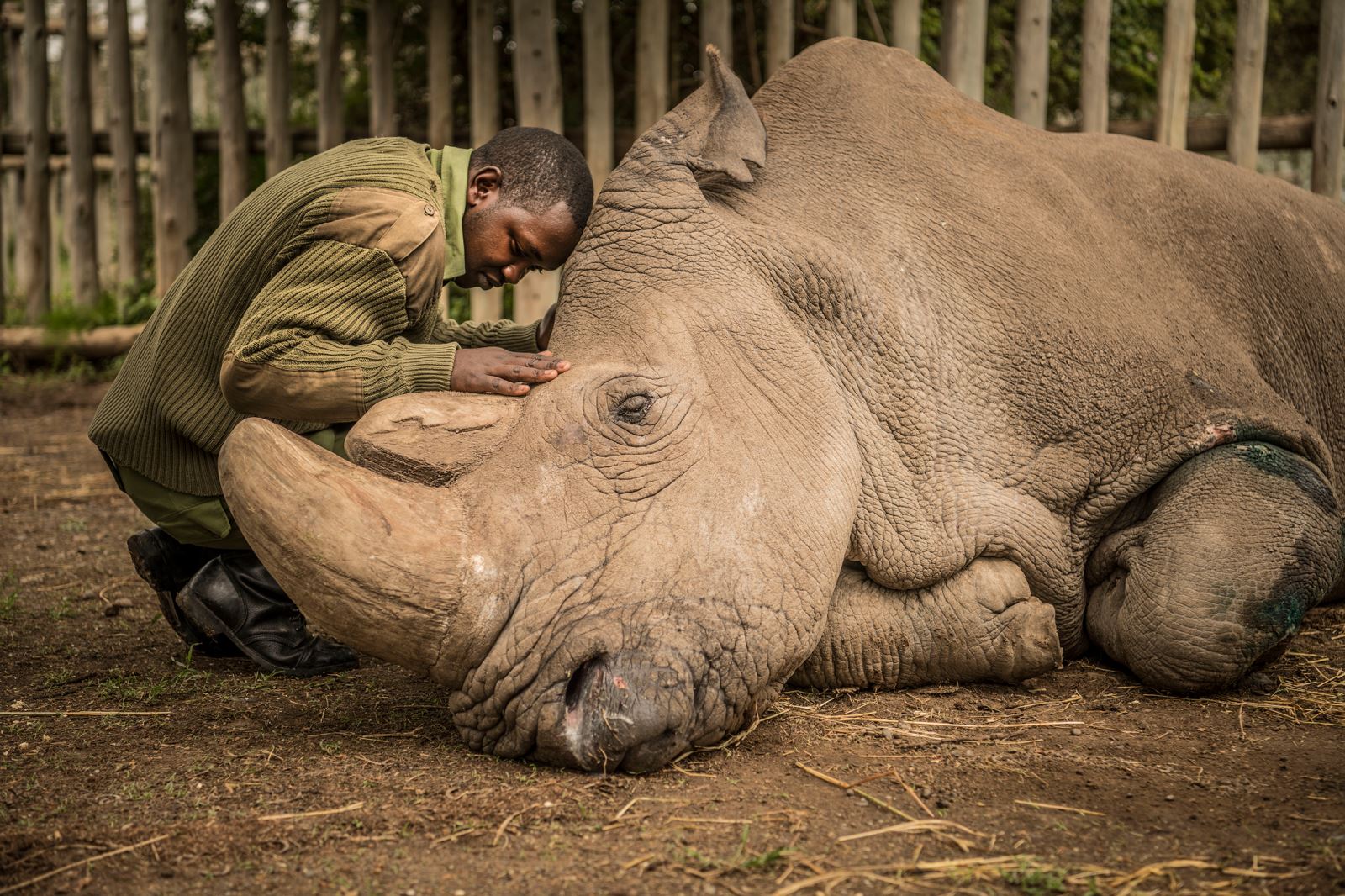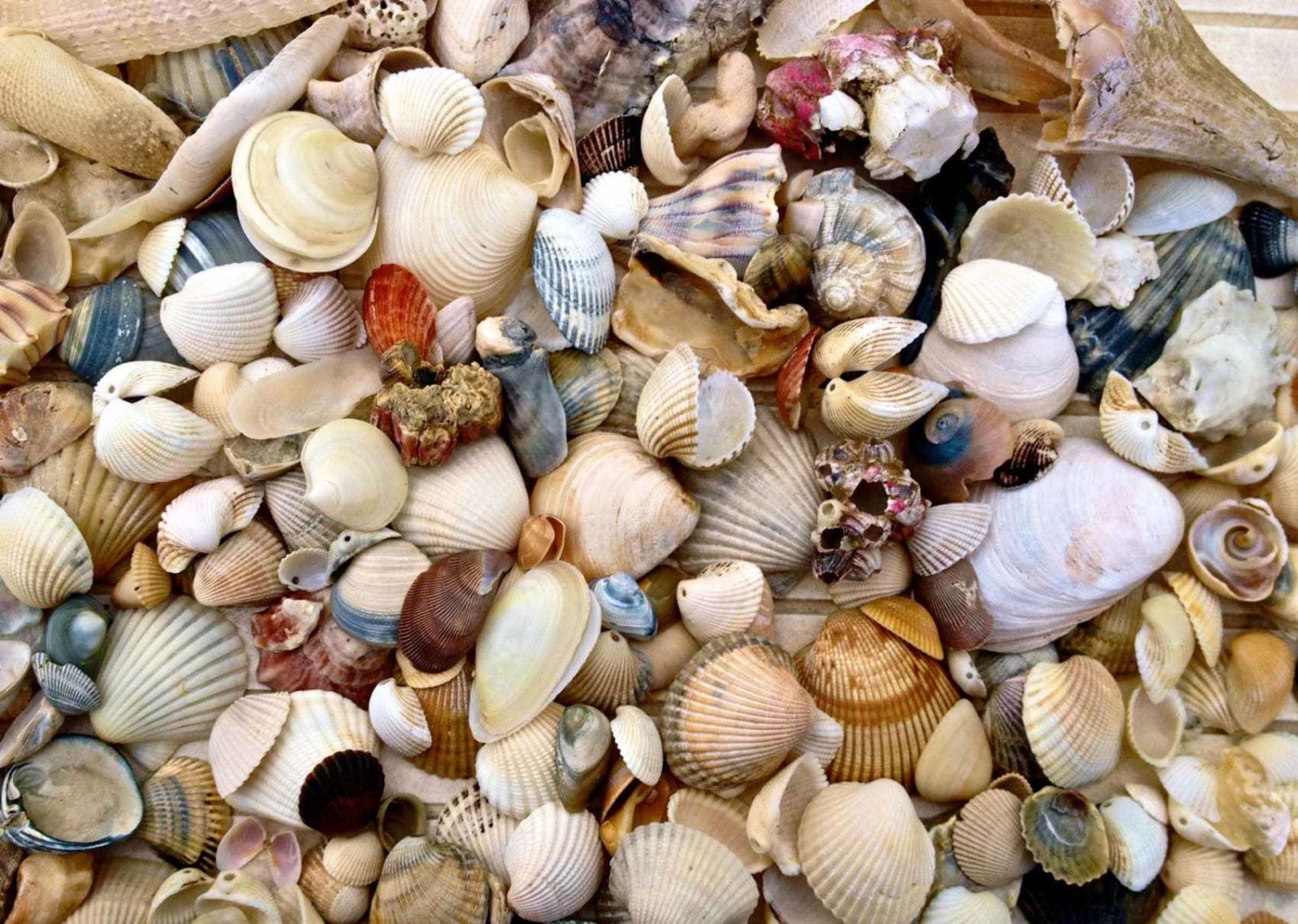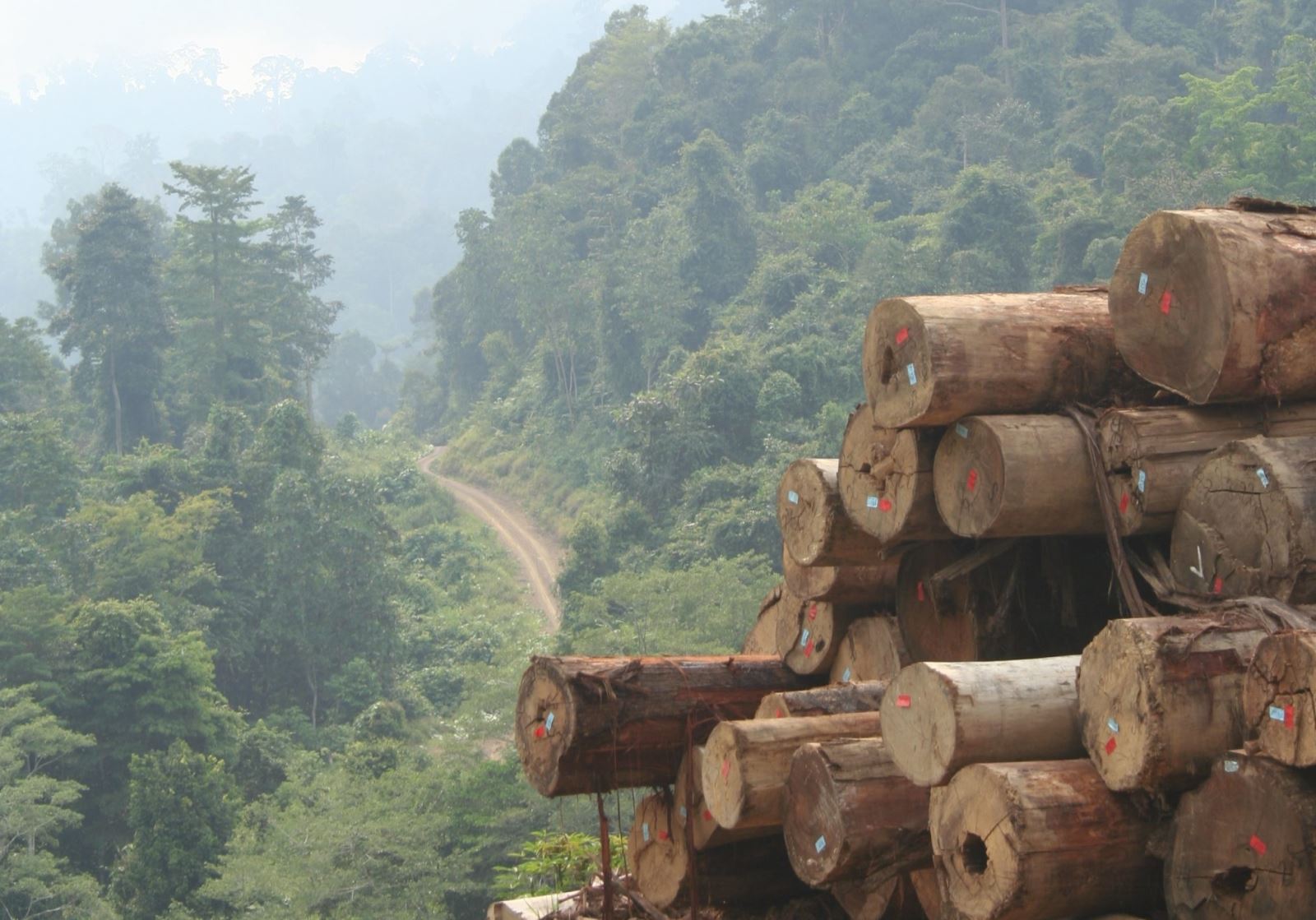While irresponsible management of our natural resources, as well as unsustainable environmental policies, have massively affected the habitat of wildlife globally, these are not the only threats that face animals of the wild. Mankind has always been fascinated with what is deemed exotic and rare. To put on a mesmerizing animal hide, to eat a rare dish made from unusual meat, to decorate with an exquisite ornament made from something as unique as ivory satiates the appetite of those who covet the uncommon and exceptional.

The use of wildlife products has been part of all cultures around the globe and is nothing new; what is new, however, is the higher demand on wildlife products, which is pushing certain species to almost becoming extinct, while others have already suffered that fate; such as the Western Black Rhinoceros, which was declared extinct in 2011.

In the past, when people were intrigued by wildlife and hunted down exotic animals to use as food or to make products, we never created a significant imbalance in nature. The serious damage was limited to the applied methods; that was the case until the commencement of the Industrial age.
With the introduction of modern technologies and methods, a shift in the effect we had on wildlife occurred. In the past, hunting tools were limited to wielding spears and creating traps; nowadays, however, poachers use guns, drones, tracking devices, and planes to hunt down rare wild animals. Wild animals stand no chance against these sophisticated measures.
While elephants and rhinos are often mentioned when talk of wildlife trade is brought up, other endangered animals are also affected; such as marine mollusks. When we visit a coastal city or town, you most probably come across seashells being sold as souvenirs. People buy these shells for decoration, but they are not seashells that have been washed ashore and collected; they have been obtained through large scale operations. They are often caught in such big quantities, which puts the survival of these species at risk.

Tropical timber is yet another species under threat due to overexploitation and illegal trading. There is an increasing global demand. Precious forest lands are being cleared to make room for fast-wood forests, and while it is important to have that option in order to meet the global demand for wood products, the negative impact this has on natural forests cannot be overlooked.

Illegal wildlife product trade is a massive business estimated to be worth 15 billion Sterling pounds per year, making it the fourth largest crime by value in the world. Almost 7000 species are affected worldwide, “on average, over 1000 rhinos are slaughtered a year, 55 African elephants are killed a day, two tigers are poached each week, and every five minutes a pangolin is snatched from the wild”.
It is without doubt that our planet has passed through drastic changes that will affect generations to come. The unfortunate fact that our own mismanagement and hubris has brought about calamitous results cannot be denied; however, while wild animals still roam the land, and wild plants still flourish, we owe it to them and ourselves to do all that is within our means to protect them and try to reverse the fates. While you may not buy wildlife products that are known to be endangered yourself, you might know others who do: it is your duty to educate them about the reality that their purchase creates. The only way forward is through championing sustainable behaviour, and the time to act is now.
References
cbsnews.com
nationalgeographic.com
natureasia.com
traffic.org
worldwildlife.org
worldwildlife.org/initiative
*The original article was published in SCIplanet, “Sustainable Development Goals” (Winter 2019) Issue.